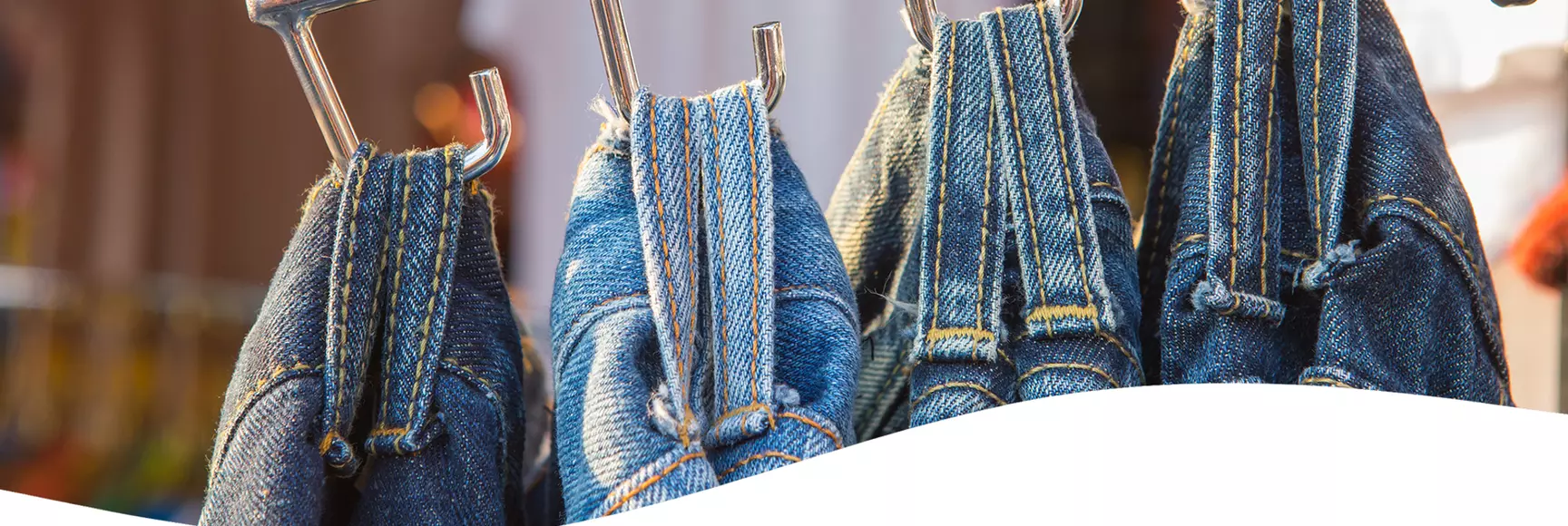The LYCRA Company is hosting a series of global panel discussions with apparel industry experts on critical sustainability issues facing the sector. Previous topics included steps to attaining the Paris Climate Agreement’s goals, using mechanical versus chemical methods to create recycled fibers, and debating the circularity of biodegradable fibers. For the fourth topic, 32 panelists discussed garment durability.
As consumer concern about climate change grows, so does their need to know how their clothing was made and its impact on the environment. Extending garment wear life is one element of a circular economy that can significantly reduce a garment’s impact. The U.K.’s Waste and Resources Action Programme (WRAP) estimates that extending the average life of a garment by just three months could result in a 5 to 10 percent reduction in its carbon, water and waste footprints. But getting consumers to do this is a key challenge.
Durability starts with design, but depends on consumers
According to Debo Adeniyi, CEO and chief sustainability/ESG officer at The Centre for Global Solutions and Sustainable Development, “Proactive manufacturers are taking a holistic approach, looking at all aspects of production—from design and the selection of raw materials to the finished product. Design is key when it comes to durability, as most of a garment’s environmental impact is decided during the design phase.”
Activities that promote durability start from materials and products, not users, added Dawn Houghton, innovation consultant. “However, expending resources and effort to extend the lives of products pays few dividends unless the users of those pieces take advantage of the benefits provided by their longer life and this, in turn, acts to slow consumption of new items,” she said. “Durability involves people.”
The mindset shift: from fast fashion to slow fashion
Panelists acknowledged that while more durable garments may be better for the environment, a key issue is that many consumers have been raised on fast fashion. The panel indicated that significant industry/consumer mindset and behavior change is needed to prioritize garment durability.
“If we could make basic clothes durable and eco-friendly, it would be a great step,” noted Sandrine Woirnesson, chief financial officer, Asia at apparel retailer KIABI. “If clothes last longer and are not impacted by fashion cycles, consumers may be more accepting of paying a bit more as well.”
Houghton also pointed out that increased resale value may be a motivating factor for consumers to make the switch. “Durability is a good thing for fashion and overall sustainability if you consider the continued lives of reuse and resale,” she said. “The original owner is buying the utility of the new garment. When they pass it on, its durability is relevant to someone else. Subsequent owners will appreciate the continued durability.”
To motivate consumers, it’s important to appeal not just to physical durability, but to emotional durability as well. Adeniyi remarked, “From the consumer’s perspective, durability has two meanings—physical and emotional. Physical durability means strong and well-made products built to stand the test of time. A garment with emotional durability will continue to be worn by the consumer because it has a strong and positive association.”
Stretch garment durability
The panel also recognized the durability benefits that LYCRA® fiber, spandex or elastane add to stretch garments by helping them keep their shape over time. Anushka Darshana, chemist at Open Innovation, said that stretch garments can be durable “if the tensile, tear strength, abrasion and shrinkage are in the right range.”
In the past few years, many advancements in fiber technology have helped to advance garment durability. Sally Blake, freelance design consultant, commented that people have embraced LYCRA®XTRA LIFE™ fiber for swimwear, which resists damage from chlorine and other elements to help swimsuits last longer.
Similar innovations also bring long-lasting shape retention to denim and activewear. For example, using LYCRA® TOUGH MAX™ technology makes jeans up to twice as strong as 100 percent cotton counterparts, thanks to the addition of LYCRA® T400® fiber.
LYCRA® XTRA LIFE™ and LYCRA® TOUGH MAX™ are trademarks of The LYCRA Company.
Contact
-
The LYCRA Company
Karie Ford
Corporate Communications Director - USA
